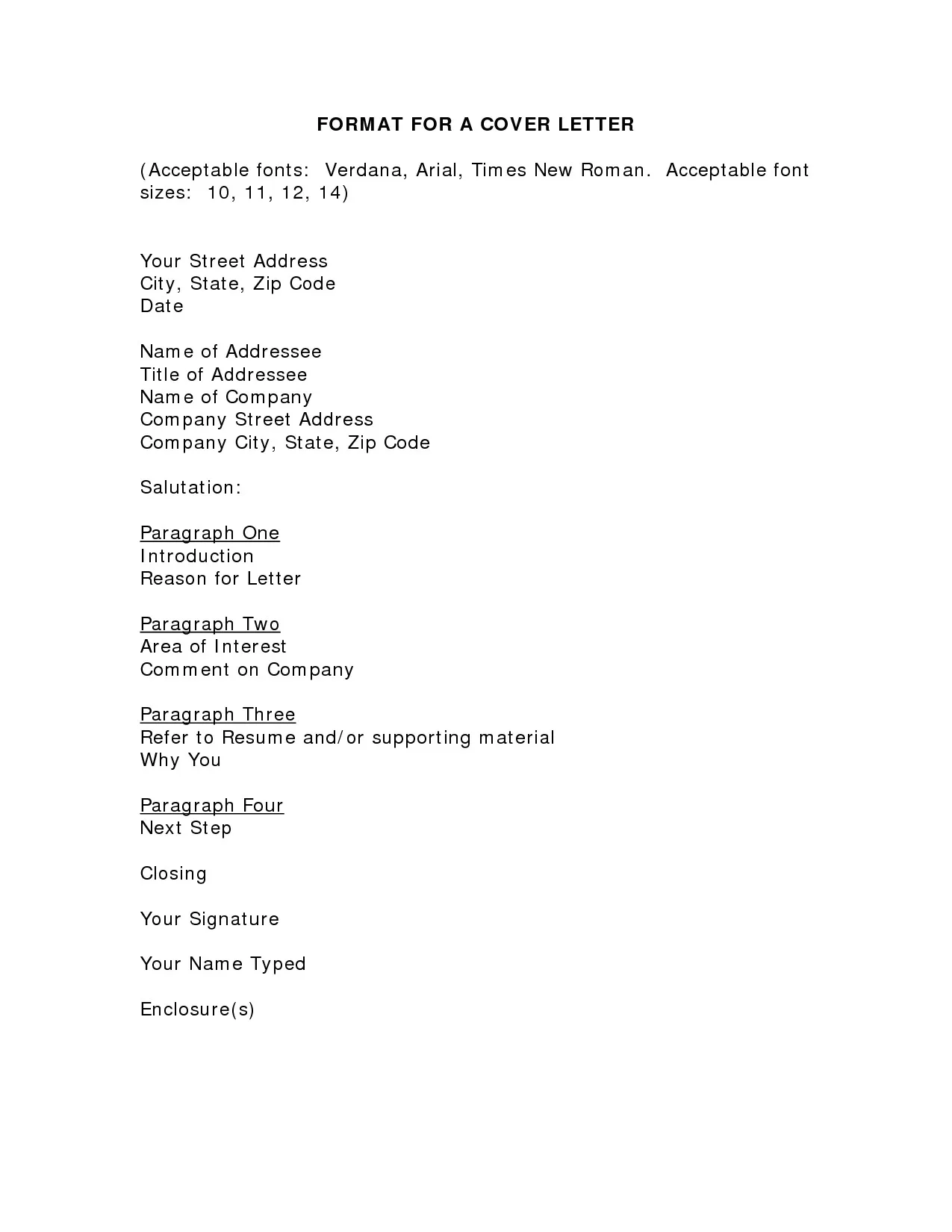Why Cover Letter Font Matters
In the competitive world of job applications, every detail counts. Your cover letter is your first introduction to a potential employer, and the font you choose plays a crucial role in shaping their initial impression. The right font can signal professionalism, attention to detail, and respect for the reader’s time, while the wrong one can undermine your credibility before you even get to the content. Choosing the right font for your cover letter might seem like a minor detail, but it can significantly impact how your application is perceived. It’s not just about aesthetics; it’s about conveying a sense of competence, clarity, and respect for the hiring manager’s time. This guide will help you navigate the often-overlooked yet critical aspect of cover letter formatting: the font.
First Impressions and Professionalism
A well-chosen font immediately signals professionalism. It demonstrates that you pay attention to detail and care about presenting yourself in the best possible light. Fonts like Times New Roman, Arial, and Georgia are widely recognized as professional choices, associated with reliability and a classic aesthetic. These fonts help create a sense of trust and credibility from the very first glance. Conversely, using a font that is overly stylized or difficult to read can convey the wrong message, making you appear less serious or even careless. Think of your cover letter font as part of your overall branding – it should reflect the image you want to project. Choosing a standard, readable font instantly puts you in a good light.
Readability and User Experience
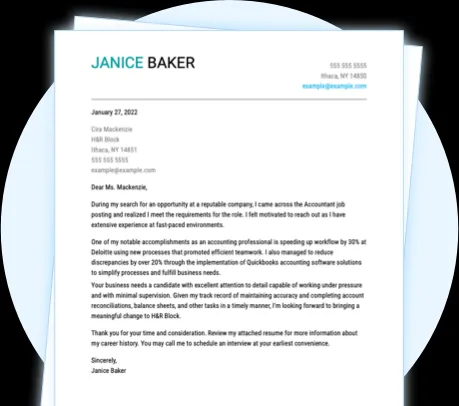
Readability is paramount. The primary goal of your cover letter is to effectively communicate your qualifications and express your interest in the job. If the font is difficult to read, your message will be lost, no matter how compelling the content. A readable font ensures that the hiring manager can quickly and easily grasp your key points. Factors like the font’s letter spacing, stroke thickness, and overall design impact its readability. Avoid fonts that are too condensed, italicized, or have elaborate serifs, as these can strain the reader’s eyes. A clean and clear font allows the reader to focus on what you’re saying, making it easier to understand your value proposition and increasing the chances of your application being considered seriously. Consider the user experience of the person reading your letter – make it easy for them to read.
Common Cover Letter Font Choices
Selecting the right font can feel like navigating a minefield, but certain fonts are widely accepted and recommended for cover letters. These fonts strike a balance between professionalism, readability, and a classic aesthetic, making them safe and effective choices for your application. It’s essential to consider the overall impression you want to make, and choosing a font that complements your content can greatly enhance its effectiveness. These standard choices are excellent options for a polished, professional presentation.
Serif Fonts for Cover Letters
Serif fonts have small strokes at the end of each letter, enhancing readability, especially in print. They often exude a sense of tradition and sophistication. Serif fonts can provide a classic and elegant look to your cover letter. Some of the most commonly recommended fonts include Times New Roman and Georgia, both of which are widely available and professionally accepted. These fonts are easy on the eyes and are very readable, making them excellent choices for a cover letter where clarity and ease of reading are essential. Always make sure that the chosen font is clear and professional.
Times New Roman
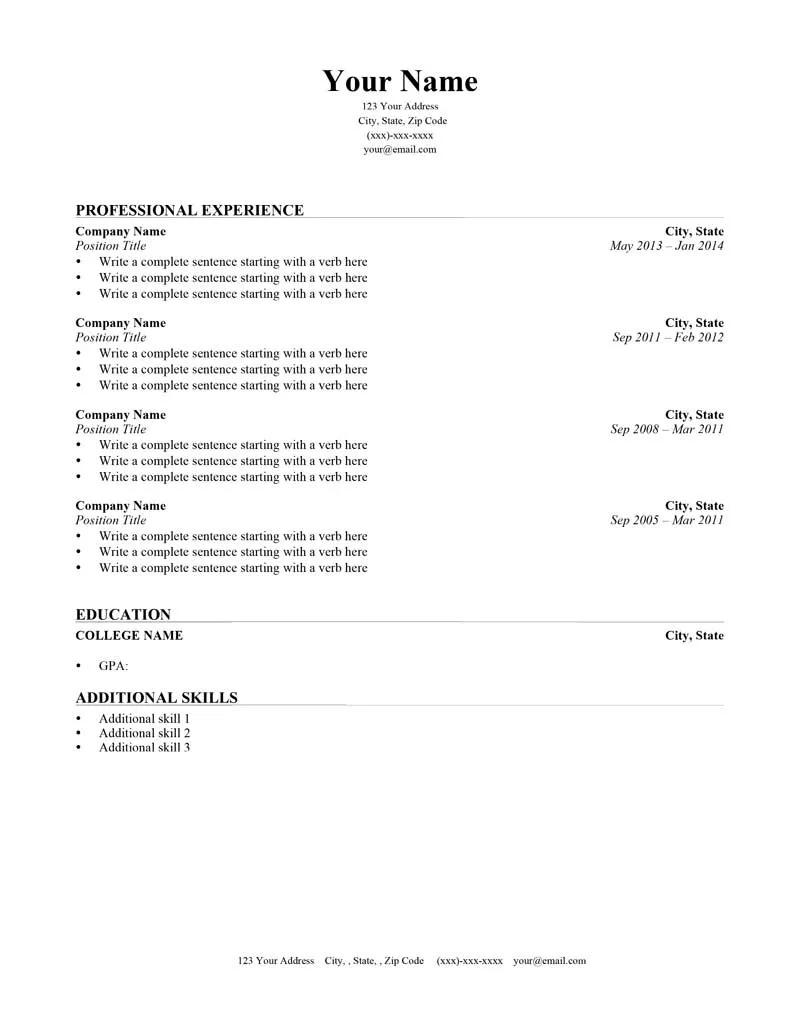
Times New Roman is a classic serif font known for its timeless appeal and high readability. Its familiar appearance makes it an immediate and comfortable choice for readers, and its widespread availability ensures that your cover letter will display correctly on any device. The font’s structured design helps guide the eye across the page, making it easy to scan and digest information. It’s a reliable and professional choice that presents a consistent look, communicating that you value tradition and precision. Many consider Times New Roman a safe bet, making it a solid choice for nearly any cover letter.
Georgia
Georgia, another serif font, is designed for readability, especially on screens. It has a slightly bolder appearance than Times New Roman, which can be an advantage when the cover letter is viewed on a computer or mobile device. Georgia’s robust design ensures that the text is easily readable even at smaller sizes. Its clear and clean look is appropriate for almost all industries, making it a versatile and professional font choice. The slightly bolder nature also helps to make key information stand out. This is a great option, especially when applying for roles within more digitally focused industries.
Sans-Serif Fonts for Cover Letters
Sans-serif fonts, which lack the small strokes at the end of each letter, offer a modern and clean appearance. They often project a sense of simplicity and professionalism. Sans-serif fonts are a great choice for a contemporary feel. These fonts are increasingly popular for their clean lines and readability, particularly on digital platforms. They offer a fresh and modern alternative to the more traditional serif fonts. Some popular options, which are also very safe choices include Arial and Helvetica, both of which are easy to read.
Arial
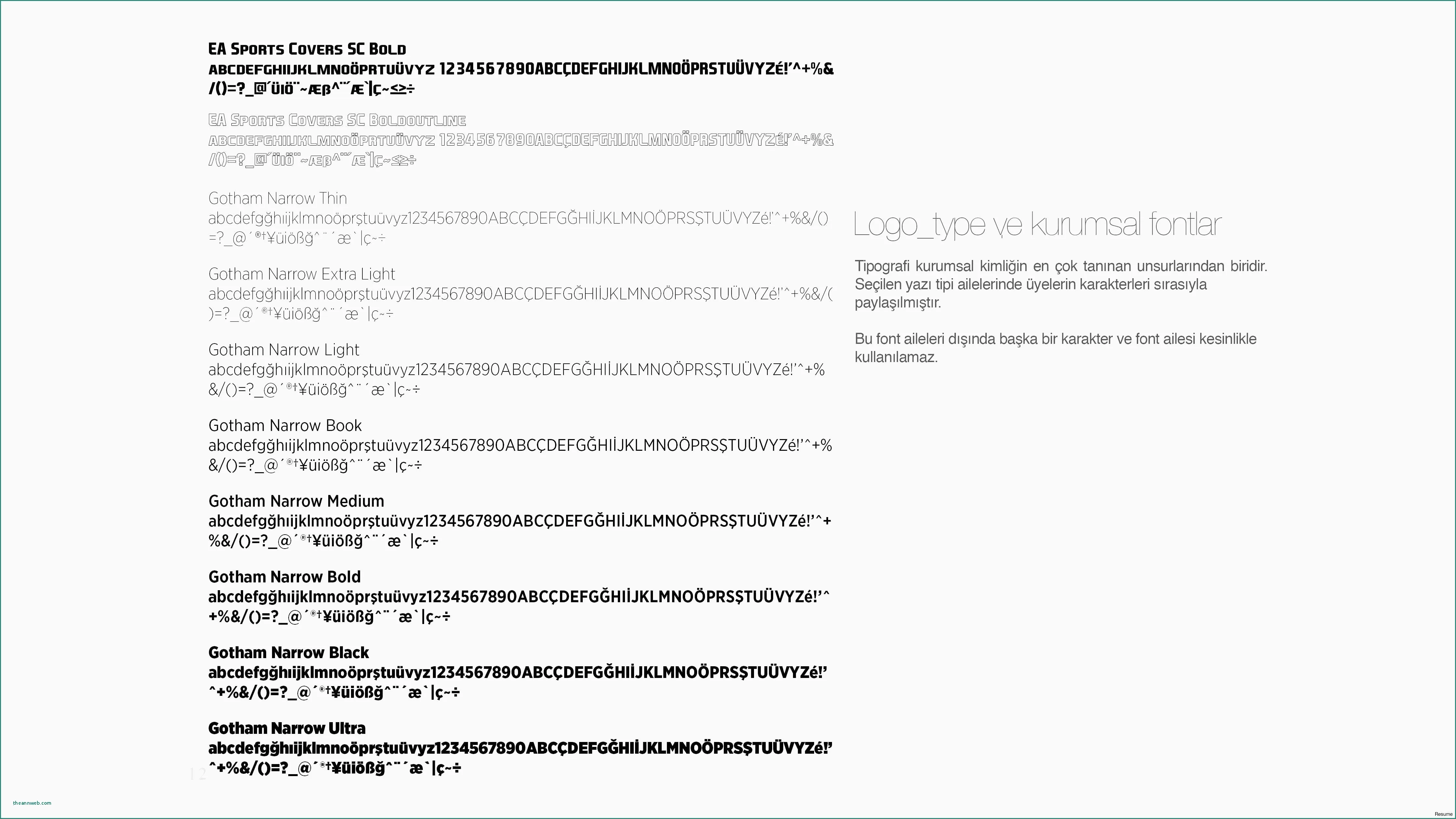
Arial is a widely used sans-serif font known for its clarity and versatility. Its straightforward design ensures readability in various formats, including both print and digital versions. Arial’s neutral style makes it suitable for almost any industry or job application, conveying a sense of professionalism without being overly assertive. Its availability across multiple platforms guarantees that your cover letter will display as intended, and it’s a safe choice that ensures your content is easily accessible. Its simplicity is one of its main strengths.
Helvetica
Helvetica, another well-respected sans-serif font, is celebrated for its clean, neutral appearance. This font projects a sense of order and clarity, making it a strong choice for cover letters where a professional and modern look is desired. Helvetica’s simplicity ensures that the reader’s attention is on your words, not the font itself. Its widespread use in professional contexts adds to its credibility. It is a very trustworthy and professional choice and ensures your letter looks tidy and organised.
Choosing the Right Font Size
Font size is just as important as the font choice itself. The right font size ensures that your cover letter is easy to read and visually appealing, helping to keep the hiring manager engaged. A font that’s too small can strain the reader’s eyes, while a font that’s too large can appear unprofessional and take up too much space. It’s about finding a balance that enhances readability without sacrificing the overall appearance of your cover letter.
Font Size Best Practices

The standard and most widely recommended font size for a cover letter is 10 to 12 points. This range provides the best balance between readability and efficient use of space. Using a font size within this range ensures that your letter is easy to read on both a computer screen and when printed. This ensures that the letter maintains a professional appearance. Always check how the letter looks in print to make sure that it is easy to read and does not appear cramped or too sparse.
Font Size and Readability
When choosing the font size, consider the specific font you’re using. Some fonts appear larger or smaller than others at the same point size. It’s crucial to view your cover letter in a preview mode or a printed version to check the readability and appearance. If the font seems too small, increase the size slightly until the text is comfortably readable. Ensure that the font size complements the overall design and formatting of your cover letter. Good readability is the main objective; it can really help the application in the long run. Adjust the size as needed to maintain a professional appearance.
Font Styles to Avoid in Cover Letters
While choosing a font for your cover letter, it’s equally important to know which fonts to avoid. Certain fonts can send the wrong message, making your application appear less credible or unprofessional. Choosing the right font is all about what fits the job application and the role, so understanding which fonts can hurt the process is essential.
Fonts That Can Hurt Your Application
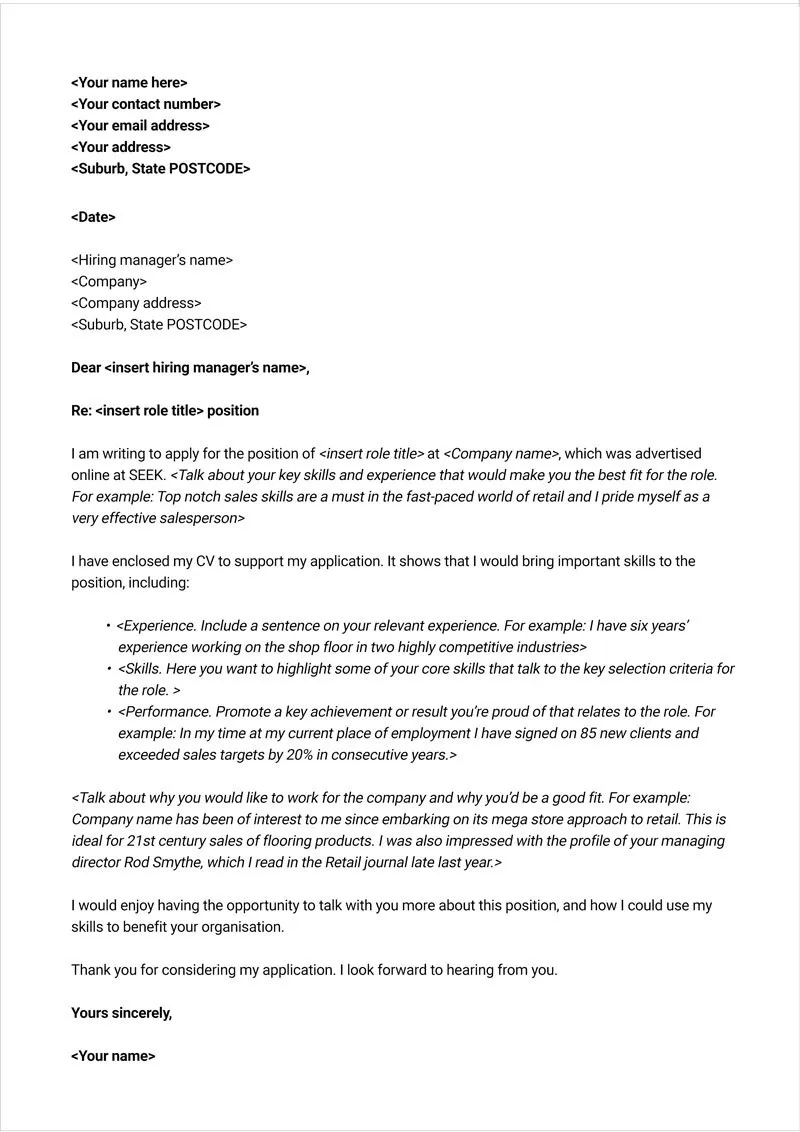
Some fonts can create a negative impression, making you look less serious or competent. Fonts like Comic Sans, Papyrus, and Curlz are widely considered unprofessional and should be avoided at all costs. These fonts are often associated with casual settings and can undermine your credibility. Using these fonts is almost certain to hurt your chances, so stick to more standard and professional choices.
Unconventional or Decorative Fonts
Avoid fonts that are overly stylized, decorative, or difficult to read. These fonts can distract from the content and make it harder for the reader to focus on your qualifications. Fonts with elaborate serifs, unusual letter shapes, or excessive embellishments can make your cover letter appear cluttered and unprofessional. Stick to clean, clear, and classic fonts to present a professional image, and consider how it may appear to an applicant tracking system. The goal is to make a positive impression and showcase your professionalism.
Cover Letter Formatting Tips
Beyond font selection, formatting plays a vital role in creating a polished and professional cover letter. Proper formatting improves readability and ensures that your key information is easily accessible to the reader. The following formatting tips can significantly enhance the overall impact of your cover letter.
Formatting for Applicant Tracking Systems
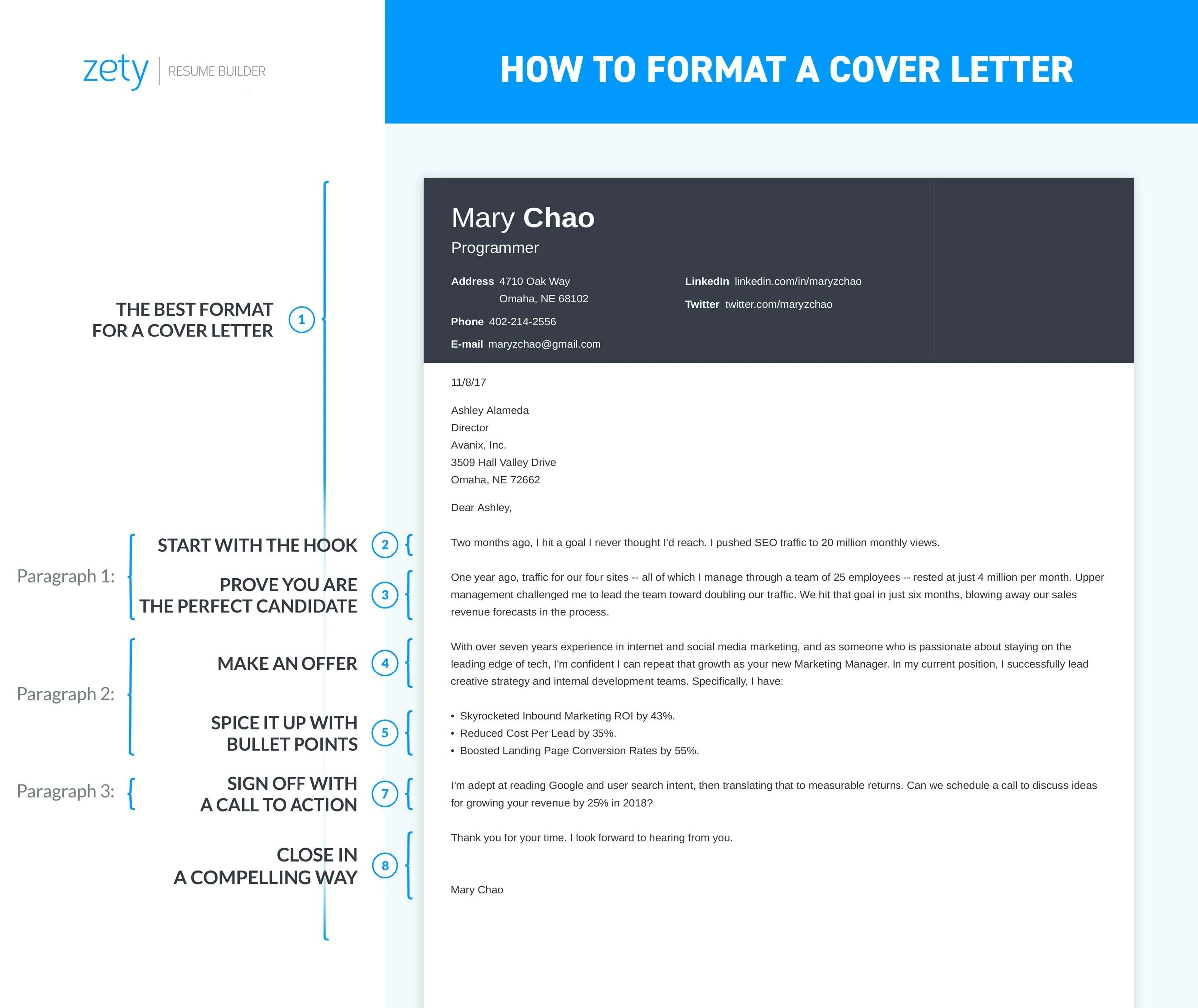
Many companies use Applicant Tracking Systems (ATS) to manage their applications. These systems scan your cover letter for keywords and may struggle with complex formatting. To ensure your cover letter is properly scanned by ATS, it’s crucial to use a simple and straightforward format. Avoid complex formatting, such as tables, text boxes, and unusual layouts. The best approach is to use a standard font like Arial, Times New Roman, or Georgia, at a readable size. Simple formatting ensures that your content can be parsed correctly, and it ensures that the ATS can accurately read and evaluate your application, without issues.
Consistency in Font and Style
Maintain consistency throughout your cover letter. Choose one font and stick with it for the entire document. Using multiple fonts can make your cover letter look disorganized and unprofessional. Consistent font choices enhance the overall visual appeal and make the cover letter easier to read. Also, be consistent with other formatting choices such as spacing, bullet points, and headings, all of which make your letter easier to scan and understand.
Conclusion
Choosing the right font for your cover letter is a seemingly small but significant step in making a strong first impression. By selecting a professional and readable font, like Times New Roman, Arial, or Georgia, and ensuring it’s the right size, you demonstrate attention to detail and respect for the reader’s time. Avoiding unprofessional fonts and maintaining consistent formatting further enhances the impact of your application. Remember, your cover letter is a reflection of your professionalism and attention to detail. A well-chosen font is a key component in presenting yourself as a polished and capable candidate. By following these guidelines, you can ensure that your cover letter makes a positive impact and increases your chances of landing an interview.
